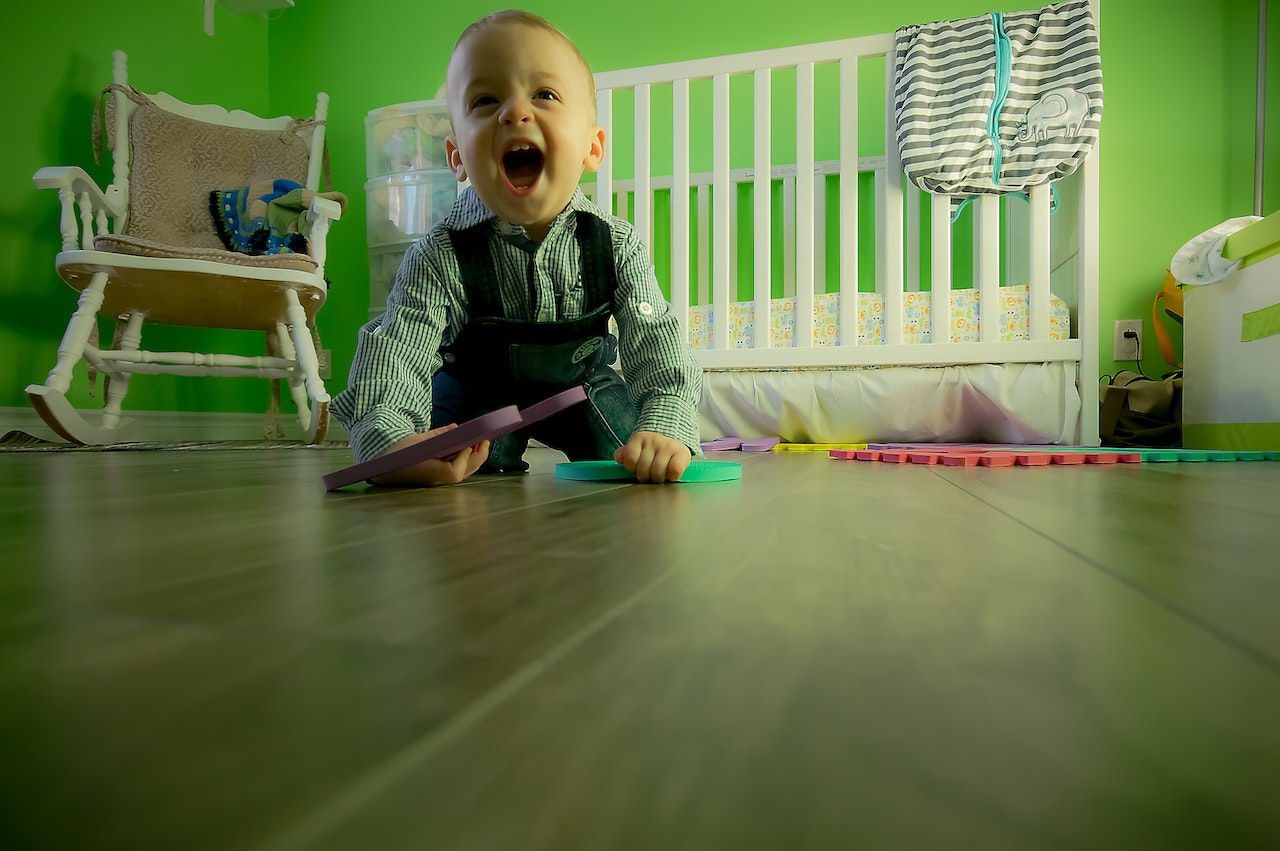When designing a room for your child, there are a few key things you need to keep in mind. First and foremost, the room should be comfortable and functional. It should also be age-appropriate and reflect your child’s personality. In this blog post, we will discuss five simple tips for designing a better room for your child!
Make sure the room is comfortable and functional.
The first thing to consider when designing a room for your child is comfort. The room should be where your child can relax and feel comfortable. It should also be a space that is easy to move around in and use. Next, consider the furniture you will need, and make sure it is placed in a way that makes sense. For example, the bed should be away from the window so your child can get a good night’s sleep. Additionally, make sure there is plenty of storage space for your child’s things.
Make sure the room is age-appropriate.
As your child grows, their needs will change. So, it is essential to design an age-appropriate room. For younger children, this might mean having softer furnishings and brighter colors. For older children, you might want to consider a more grown-up design. Also, remember that the room must accommodate your child’s growth. So, ensure enough space for them to move around and grow. Also, consider the type of activities your child will be doing in the room. For example, if they will be studying in the room, make sure there is a desk and good lighting.
Try to reflect your child’s personality.
Your child’s bedroom should be a reflection of their personality. This means that you should incorporate their favorite colors, interests, and activities into the design. For example, if your child loves animals, you might want to include animal-themed bedding or these Adairs kids rugs. You could display their favorite team jerseys or memorabilia if they are interested in sports. By incorporating your child’s interests into the design, you can create a room that they will genuinely love.
Make sure the room is safe and use storage wisely.
Safety should be one of your top priorities when designing a room for your child. Make sure there are no sharp edges or corners on furniture and that any cords or electrical outlets are covered. Also, keep harmful chemicals and cleaning supplies out of reach.
Clutter can make a room feel small and cramped, so use storage wisely. Boxes, baskets, and bins can help to organize toys, clothes, and other items. A toy chest or bookcase with shelves can also help declutter the space.
Don’t forget the details!
The little details can make a big difference in a room’s overall design. For example, fun throw pillows, a cozy blanket, or a beautiful piece of art can add personality and style. Moreover, paying attention to the small details can make the room more functional. For example, adding hooks for coats and hats or a basket for shoes can help to keep the space tidy.
There are a few key things to keep in mind when designing a room for your child. First and foremost, the room should be comfortable and functional. It should also be age-appropriate and reflect your child’s personality. Following these simple tips, you can create a space your child will love!

